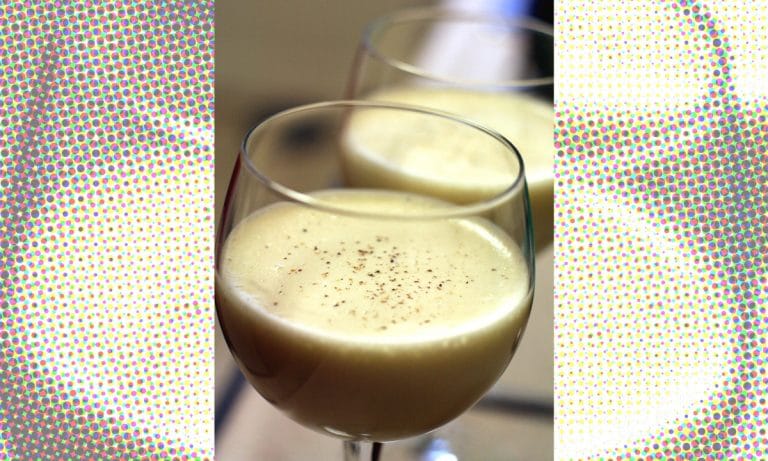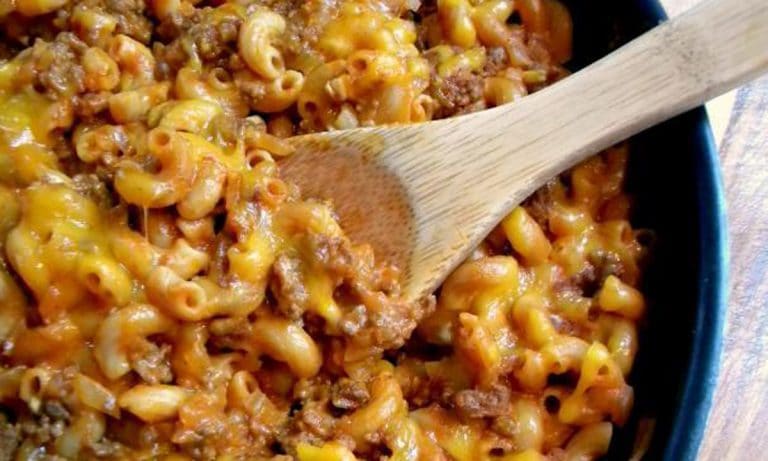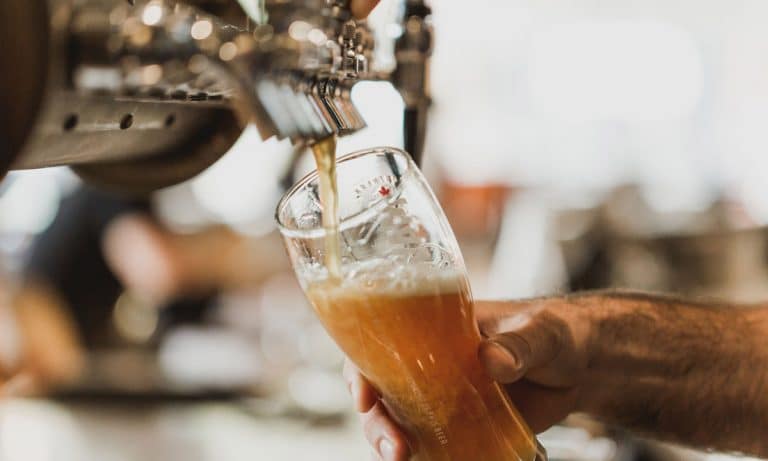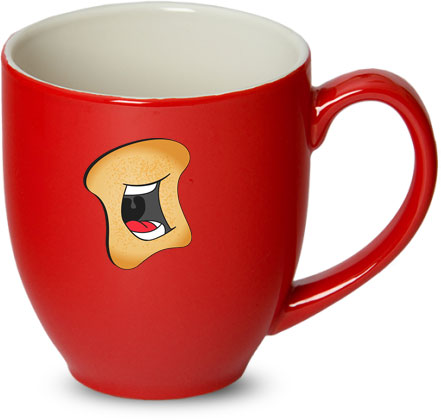Technology keeps surprising us and breaking boundaries, coming up with new ways to make us even more dependent on it. This isn’t necessarily a bad thing. The latest endeavor from CamSoda, the adult entertainment website, is called O-Cast and it has the goal of becoming the “iTunes of oral sex for women.” If you don’t know what that means don’t worry, you’re not alone. O-Cast will function as a digital market of sorts, where users will be able to browse through different types of ‘oral sex sessions’ and download the one that attracts them the most to their Lush vibrators, which cost 100 dollars a piece. These devices have partnered up with O-Cast and will be able to download the file through Bluetooth. Kinda like a sexy iPod.
These ‘oral sex sessions’ will be recorded and provided by different people who, through their smartphones, will be able to upload different virtual cunnilingus patterns to the web. The developers of the technology have assured people that the software will be able to capture all types of patterns, which can range from basic circular shapes to more complicated ones like the alphabet. The software is also prepared to capture patterns done with your tongue (ew) or your finger (boring).
Aside from improving long distance relationships and offering a curious distraction for the more adventurous users, the people behind O-Cast believe that this service could become a safe space for people who want to learn about cunnilingus, educating them about sex, and providing feedback on their efforts. Aww.
-
Related Link: Watch: This Japanese Sex Doll Dispenses Cocktails Too
Charley Hart, a model from CamSoda, was among the first to try out the technology and she claimed that although it wasn’t like the real thing she still loved it. She plans on using the software as a way of attracting new fans through the introduction of this new interactive experience, using their oral patterns for a fee.
O-Cast and other developments of these kind are exploring uncharted territories while raising questions about the future of virtual sex. No matter your opinion on the matter, whether you think this is stupid or the best idea ever, we’re sure you’re intrigued about the crazy shit that will surely come out of all of this.











